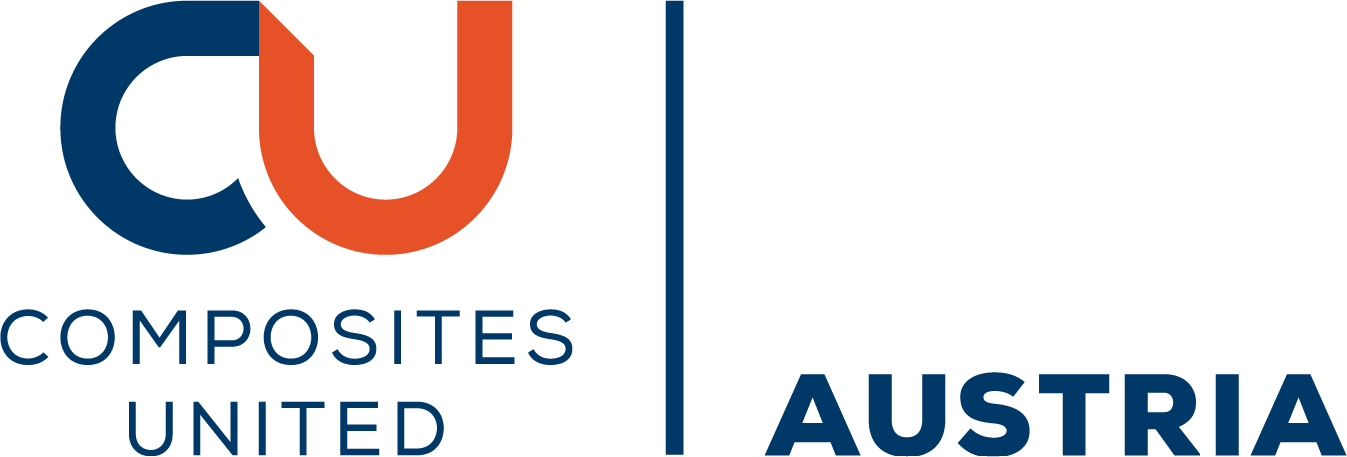
Uncertainty Quantification of Open-Hole Coupons Through a Global-Local Approach with PC-Kriging Surrogate Modelling
Please login to view abstract download link
Composite structures are subject to uncertainty resulting from variability in material properties and the manufacturing process. While high fidelity finite element (FE) simulations are capable of accurately predicting structural response, their high computational cost makes the generation of data sets large enough to characterize uncertainty a prohibitive task. Meta models, or surrogate models, that reproduce the results of FE models at a much lower computational expense are a potential solution to this problem. Uncertainty quantification (UQ) enables not only a greater understanding of the structural response due to variabilities, but also an assessment of the computational models used for structural simulation, leading to better informed decision making by engineers [1]. UQ has the potential to change the current paradigm of the certification process, which relies on deterministic simulations with safety factors and extensive experimental campaigns, by reducing the experimental testing required and increasing the role of simulation in certification. In this work uncertainty quantification of Open-Hole (OH) coupons with aleatory parameters is performed using surrogate models built on global-local simulations. The global simulations are carried out at the laminate level calculating the displacement field of the full coupon. Then local simulations are executed in a smaller region around the hole at the ply level with continuum damage mechanics by transferring the displacements from the global simulations. Polynomial-Chaos-Based Kriging (PC-Kriging) [2] surrogate models are built from these simulations as a computationally fast alternative to evaluate the system response and to sample the input parameter space efficiently. These surrogate models are used in this work to perform uncertainty quantification on the failure strength and other relevant properties of OH coupons. Sensitivity analysis is performed to quantify the influence of the input parameters on the behaviour of the coupons.






